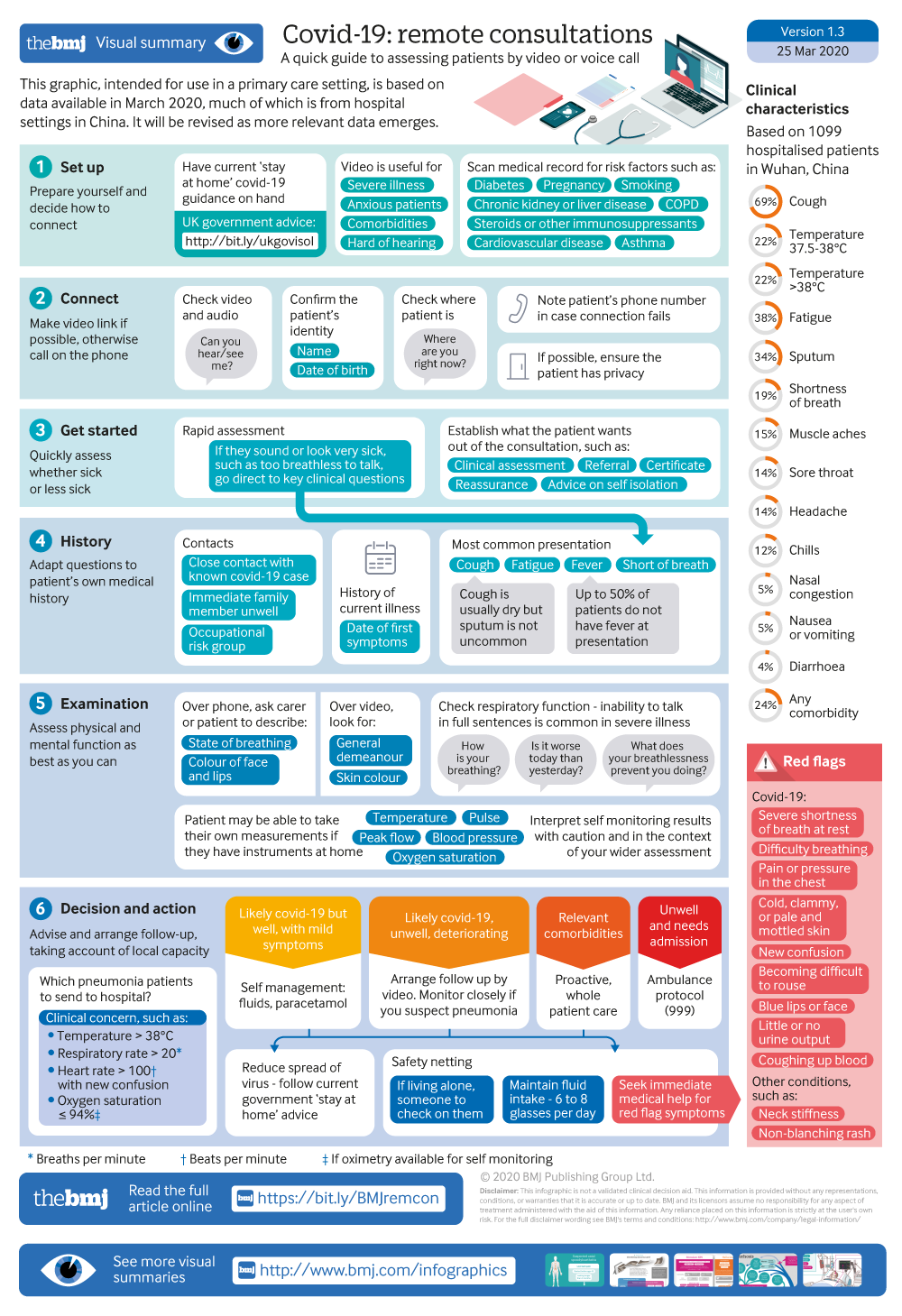

If you still have a fever after ten days, you must stay in self-isolation.

However, persistence of a loss of or change to your sense of smell or taste is not a reason to continue to self-isolate if your other COVID symptoms have settled. Loss of sense of smell can also persist - in many patients this has continued for several months. If you're well in other respects, your likelihood of infecting others at this stage is low. You may continue coughing for a couple of weeks - while you should be very careful to maintain social distancing, as everyone should, you don't need to stay in isolation just because your cough has not completely resolved. If you have mild disease, fever is likely to settle within a few days and you are likely to feel significantly better after a week - the minimum time at which you can leave self-isolation is ten days. Among my patients, exhaustion and aching all over appear to be common early signs. Some people will start with a cough others will develop fever, with cough arriving only a few days later. There does not appear to be any particular pattern in the stages of COVID symptoms. Loss of/change to sense of smell and taste(15% vs 18%).Sore throat (22% with the new variant vs 18% with the original strain).They show that with the 'new' Kent variant, which is now the most common strain in the UK, some COVID symptoms are slightly more common and some slightly less common than with the original variant. New data from the Office for National Statistics look at the frequency of COVID symptoms reported by people in the UK since late 2020. Some reflect the experience of other European countries. The figures in this article are based largely on a report by the World Health Organization of the Chinese experience. To make matters more confusing still, definitions of mild, moderate and severe infection also vary between countries.Īll these variables make it impossible to offer completely accurate predictions of average time to hospital admission, or average time before ICU recovery. A move by hospitals to nurse patients 'prone' (lying on their fronts) as much as possible, and to delay mechanical ventilation where feasible, has been at least in part credited with the improved survival rates seen since the first wave. In fact, since the first wave of the pandemic, it has become clear that outcomes for most patients are better if mechanical ventilation can be avoided. But as health services are overwhelmed, patients who would previously have been admitted to hospital for observation are cared for at home patients who might previously have been ventilated in ICU are kept on hospital wards, with less invasive methods of breathing support such as continuous positive airways pressure (CPAP) to keep them going and ventilation on ICU is reserved for the sickest of the sick. In the first weeks after a country is affected or a new wave of cases occurs, there is usually adequate hospital and Intensive Care Unit (ICU) capacity.

And as countries around the world see more cases and manage the pandemic in their own ways, lessons are being learnt. Let's start with a disclaimer - it may feel as if COVID-19 has been around for ever, but this is still a relatively new disease and evidence is changing at speed.


 0 kommentar(er)
0 kommentar(er)
